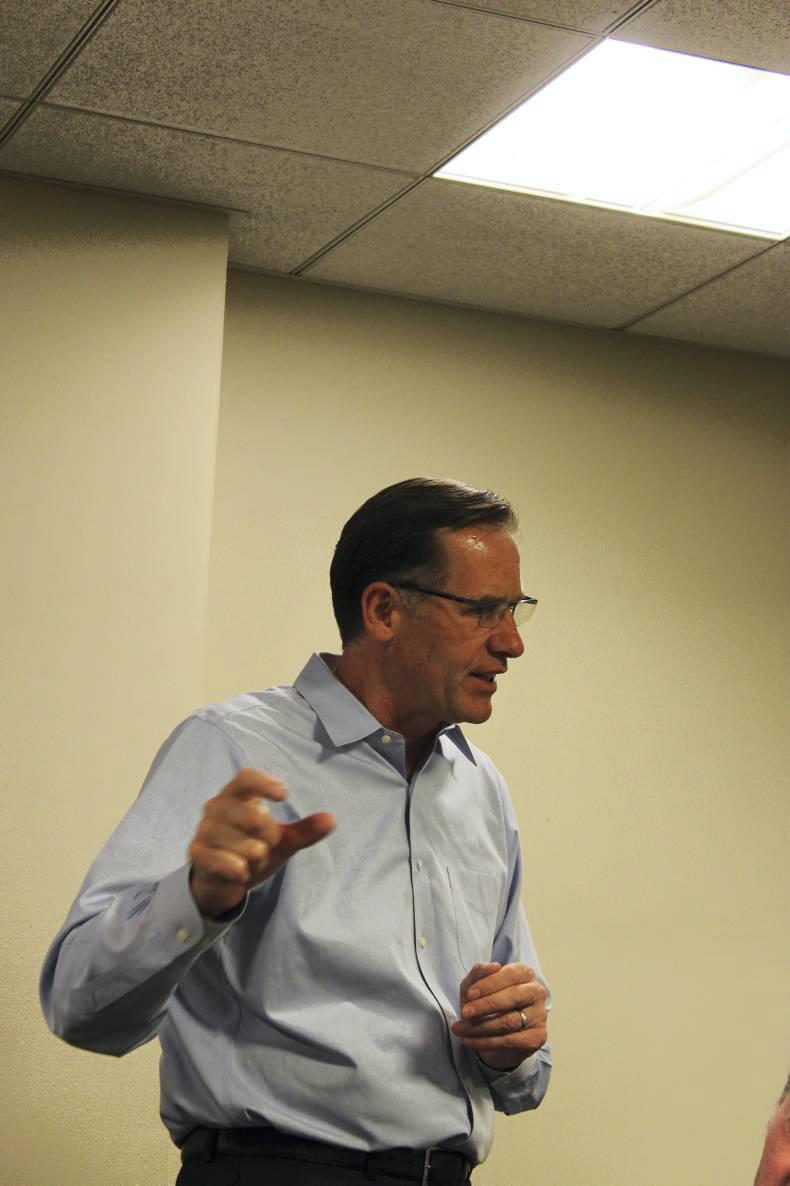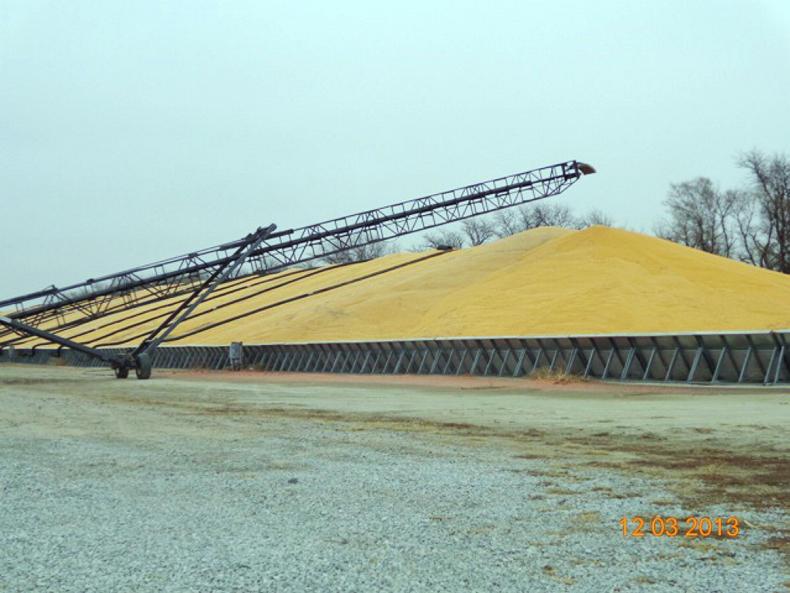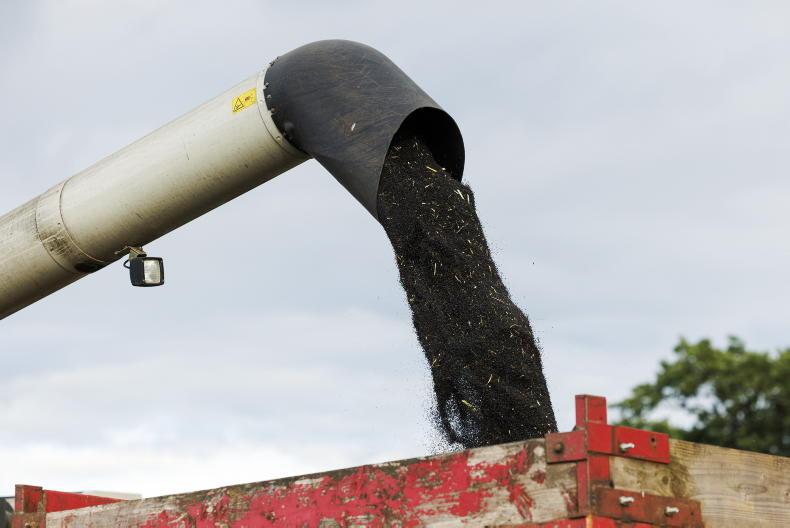At the start of the recent visit to the US by the Irish Tillage and Land use Society (ITLUS), members met with Dan Basse of AgResource. Dan is president of AgResource and is well known as an economic analyst and commentator in international agriculture circles. He is also well known to many in the grain and feed trade in Ireland for his comprehensive presentations at R&H Hall/Bartnett conferences.
The grain market and price tendency was obviously on the agenda when Dan reiterated that wheat was headed for substantial oversupply while, at that time, feed grains looked a bit tighter and there was particular market sensitivity in the soyabean market. As a background to the increasing production, Dan told us that the global grain area had increased by an estimated 175m acres since 2005. This provided the basis for the increased production, which was driven back then by the price increases triggered by the increasing demand for maize for bioethanol production.
Dan said that the global grain area has only seen a significant increase on a few occasions in recent history. The most recent of these was the one mentioned above, which was driven by increased demand for maize for bioethanol production, plus increased feed demand in China. The previous acre drive occurred in the 1970s when high import demand in the Soviet Union triggered a period of increased production, now referred to as the period of Russian Gold.
The bioethanol industry has now matured in the US and the country has also massively expanded its capability in fossil fuels. Indeed, Dan said that current estimates suggest that the US has enough energy for at least the next 200 years. Much of this is provided by fracking and this can easily be switched on and off. Much of this capacity was put in place when oil prices were very high and the recent weakening in prices happened when OPEC countries opted to try to hold their market share.
While there appears to be a significant fossil resource, Dan hinted that there is likely to be a significant swing towards more renewable resources from about 2030. This is heralded by the current sales of Telsa electric cars in the US. As a result, he sees oil prices stabilising somewhere between $35 and $55 per barrel by about 2019. Dan put the breakeven cost of fracked oil at $37/barrel, which is much lower than Texas oil. And if the fall-off in energy demand continues into the future demand, it will accelerate the decarbonisation debate globally.
But as well as the increased acreage, Dan pointed out that currency and tax changes are recent significant drivers in the grain markets. Countries with weaker currencies, such as Brazil, Argentina, Russia, India, Canada, Australia and Turkey, are all driving on grain production while stronger currencies must endure the pain of low prices. He said that Argentinian farmers alone have benefited by $400/ac from currency and tax changes in the past eight months. Currency value has also been a significant factor for the US trade. It used to have 67% of global grain trade and this is now reduced to 27%. Indeed, Dan said that in 2016 Canada will export more grain than the US for the first time ever.
However, while the US may be exporting less it is producing more grain and so more grains are being used, directly or indirectly, to produce livestock products which may be exported instead.
Population and other factors mean that the world needs more grain every year to meet increasing demand. Dan said that this increasing demand equates to 1.8% per annum but we have succeeded in producing an additional 2.5% in recent years. This is driving over-production and stocks which provide a buffer for market supply.
Dan commented that precision farming technologies have increased efficiencies and also the amount of acres being produced by one individual. This is particularly important in countries such as the US where farm labour is increasingly difficult to source.
Money is increasingly influential or lacking in influence globally depending on one’s perspective. Dan said that 80% of global loan interest is done at between 0% and 1.0%. Indeed interest rates are negative in the EU. He said that the low interest rates are attempting to increase the velocity of money. He also commented that the negative rates are actually having the opposite effect to that intended as they are forcing people to save in the short term as there is no confidence to invest this money in the long term.
Central banks have less power to make things happen than they used to, Dan said. Low interest rates are generally failing to drive purchases and, in turn, inflation. There has been $9 trillion put into the US economy through quantitive easing and it has not had any major effect. Capitalism as a model will hit difficulties every 70 to 80 years, Dan commented, because people get lazy and forget or ignore the principles on which the system is based.
Global economies
He went on to suggest that the prevention of the collapse of many banks has given rise to even bigger problems for global economies.
He indicated that the world needs much stronger political leadership in all of the major regions and he said that this is key to economic activity.
One of the major challenges for the future is the fact that fewer people do more work, so who will have the spending power to purchase and where will the jobs be? Dan said that in the 1970s, it took 72 people to produce one car in Detroit. Today, this is 1.7 per car.
Robotics have taken over many of the industries where jobs were more plentiful as they are good for corporate profits. Businesses want to shed people but economies need growth. How do you square up these two requirements?
Dan said that household income is falling in the US and this is making the ordinary American feel unsettled. Indeed, Dan commented that this alone is helping to drive support for the Trump campaign as ordinary people want to be better off once again.










SHARING OPTIONS